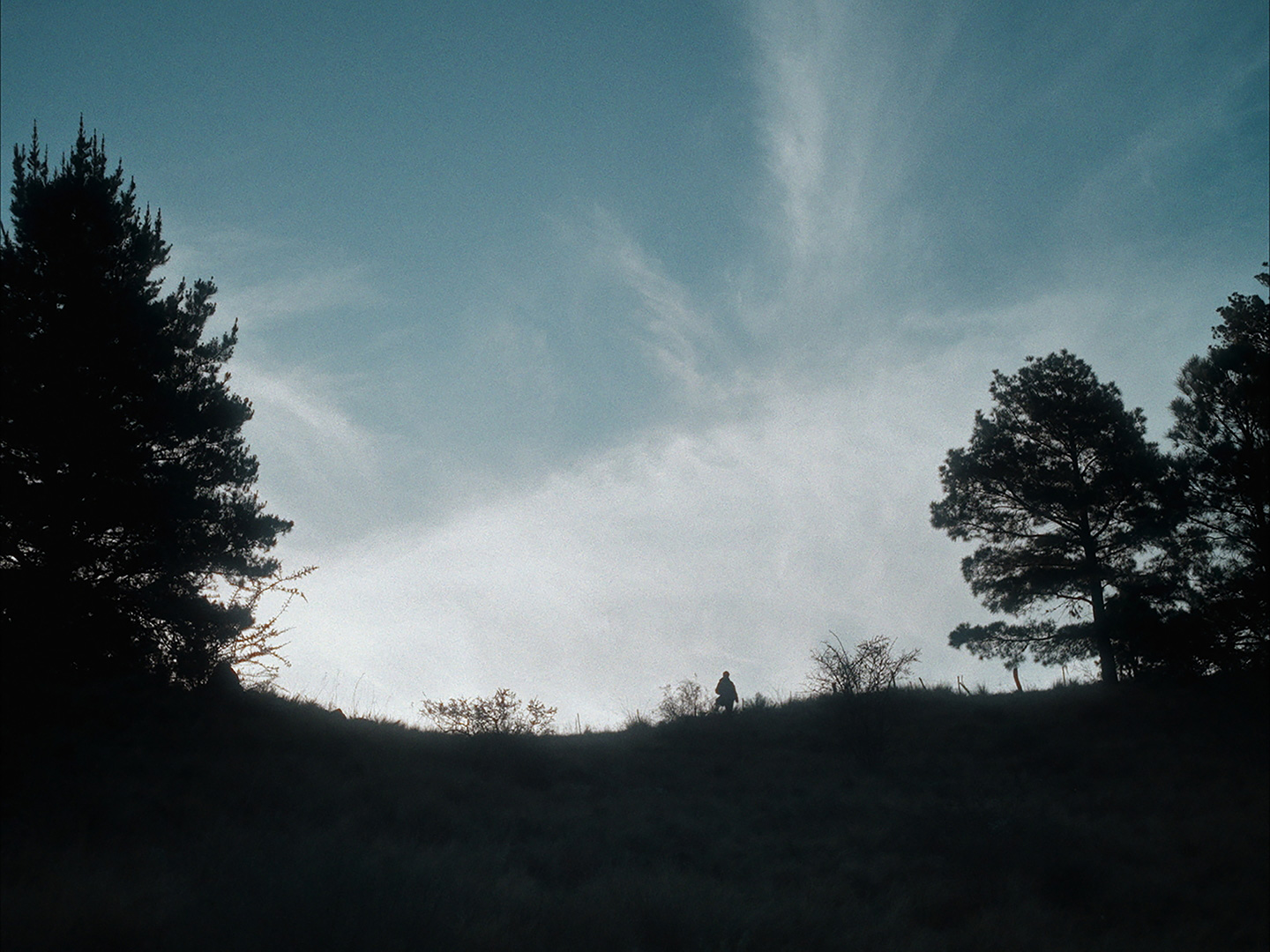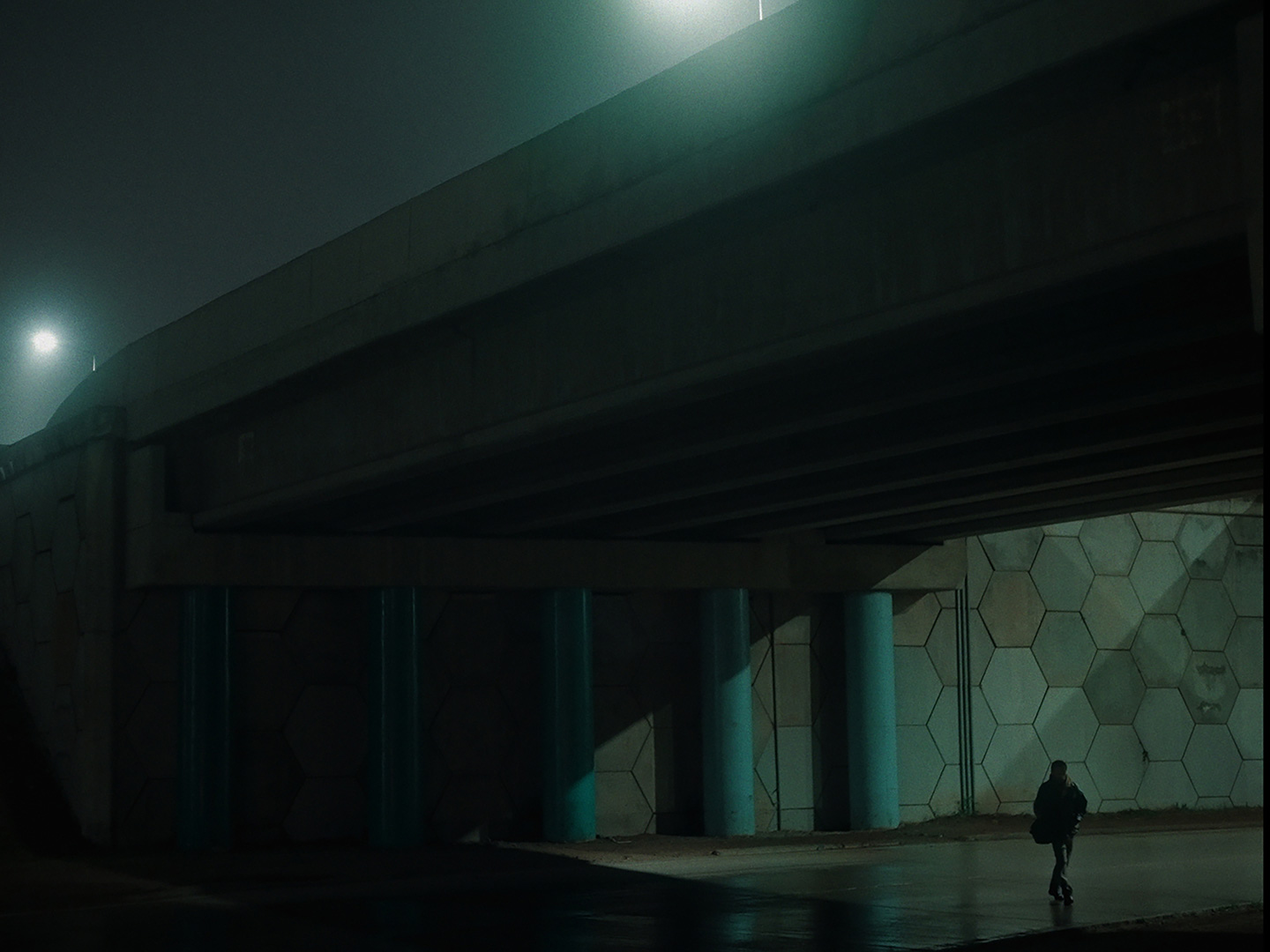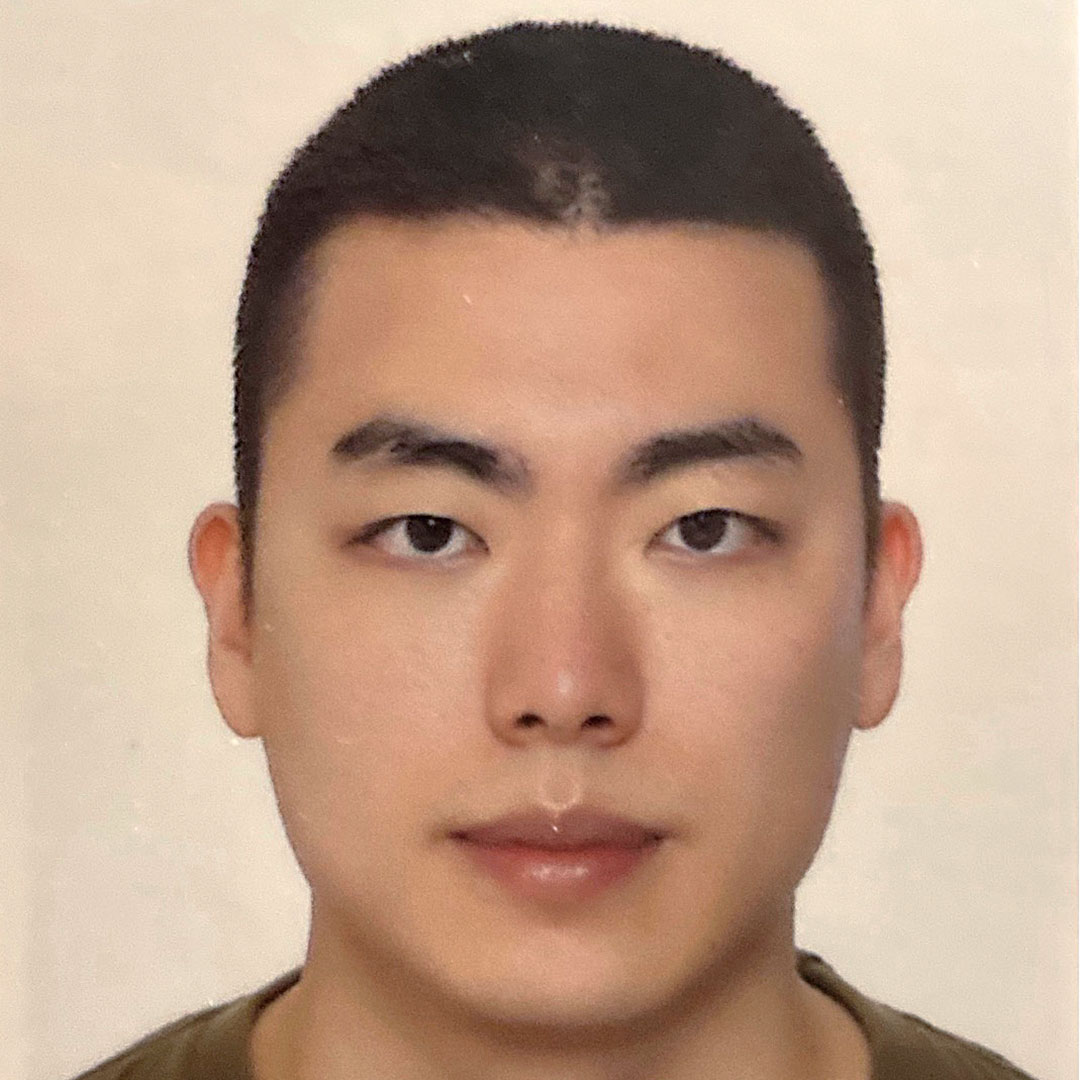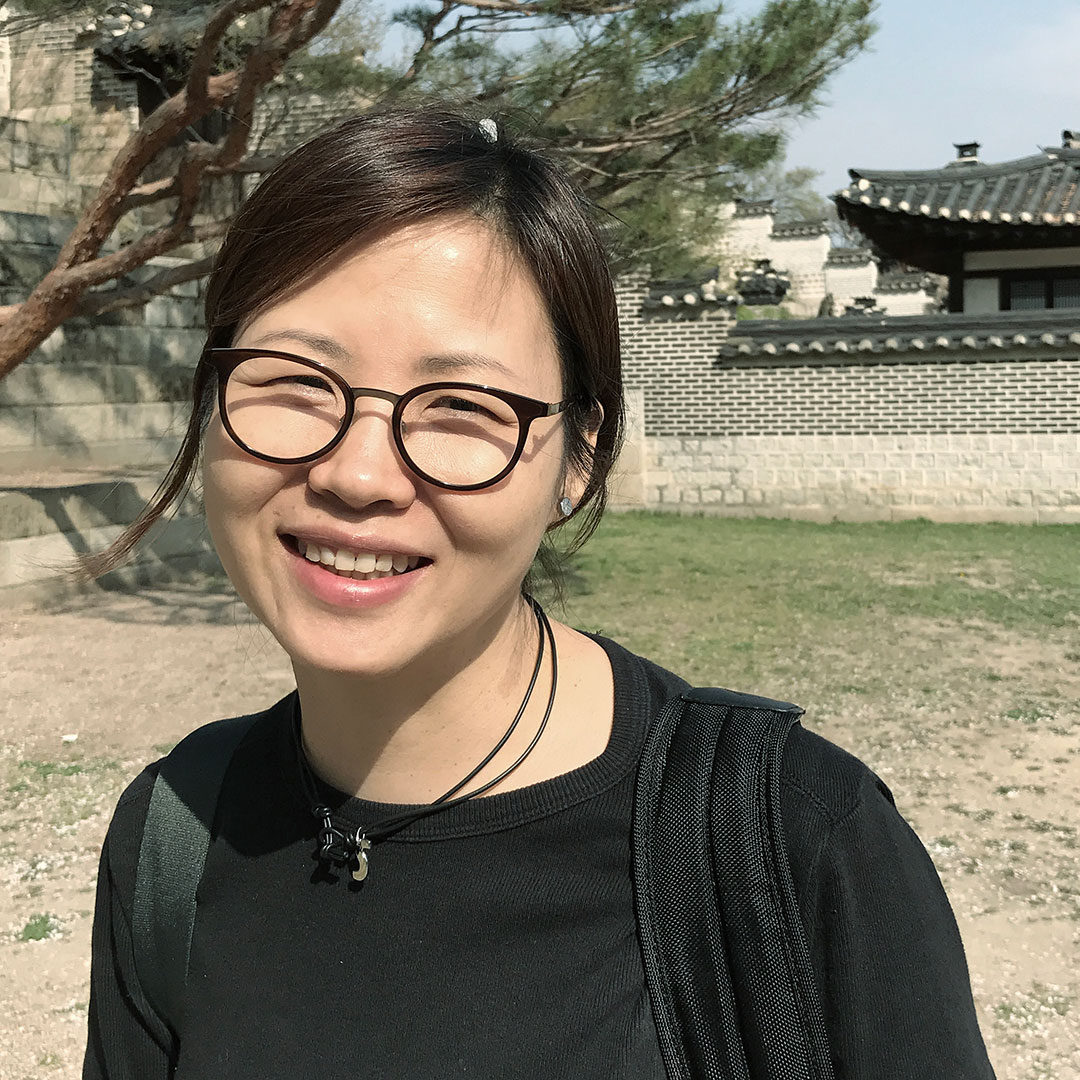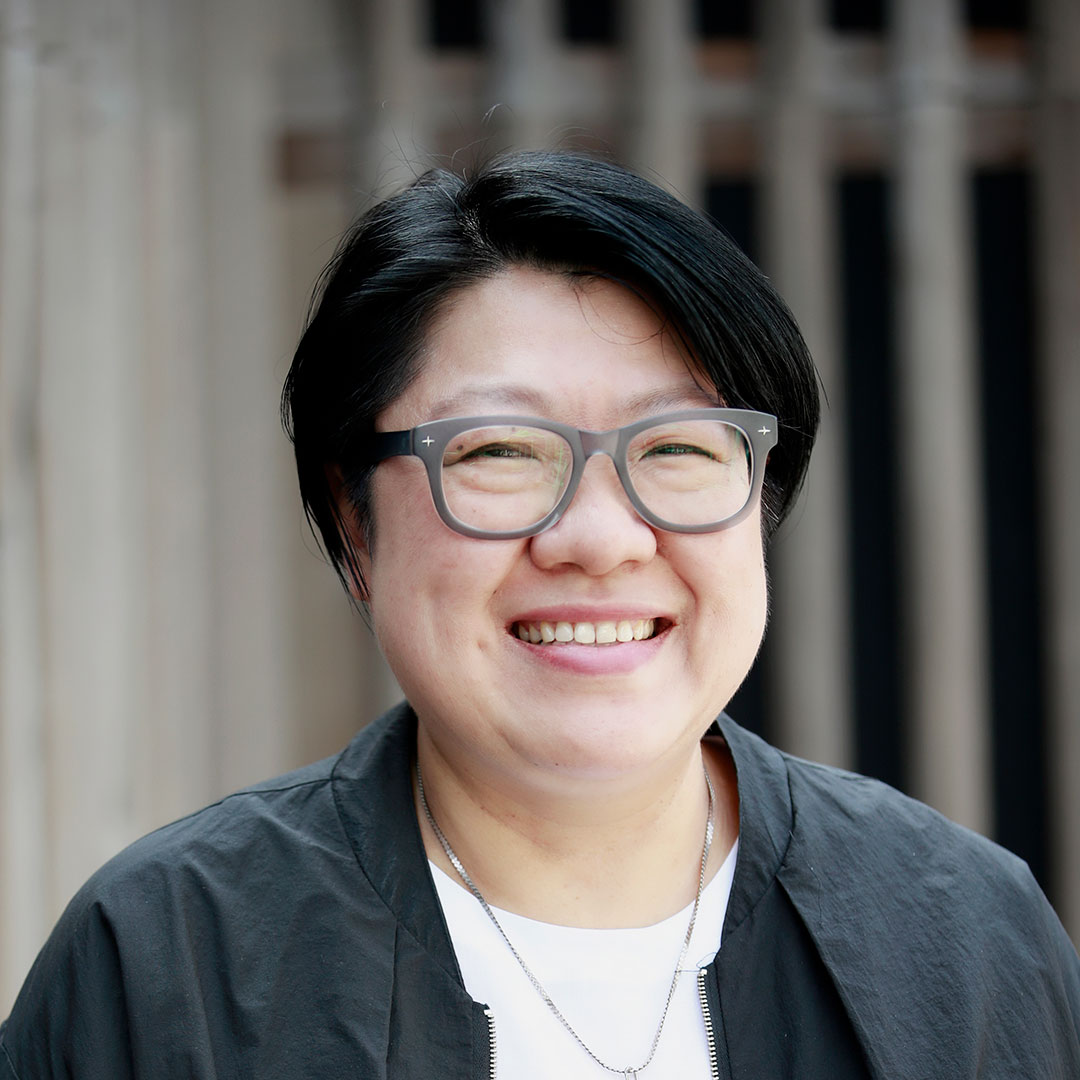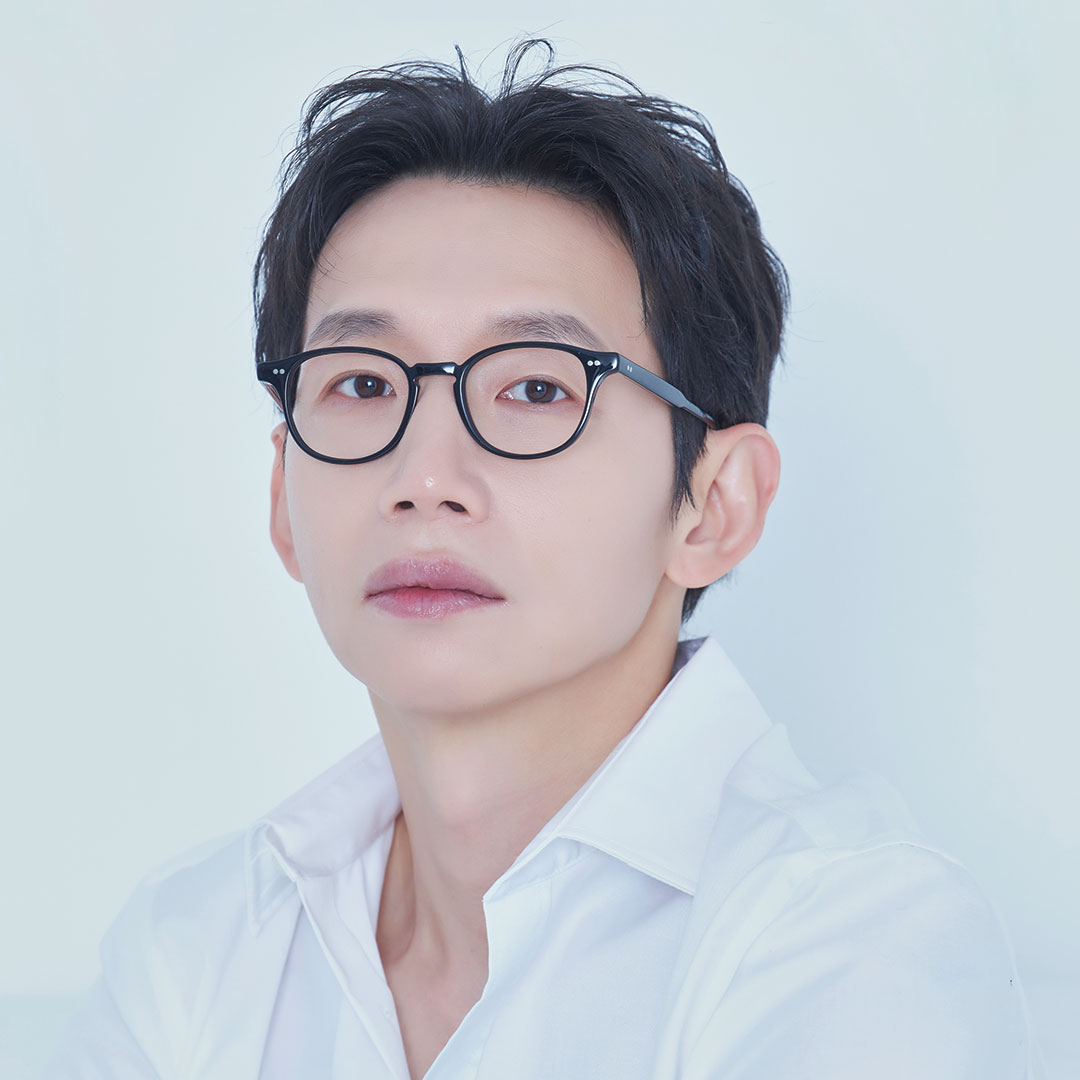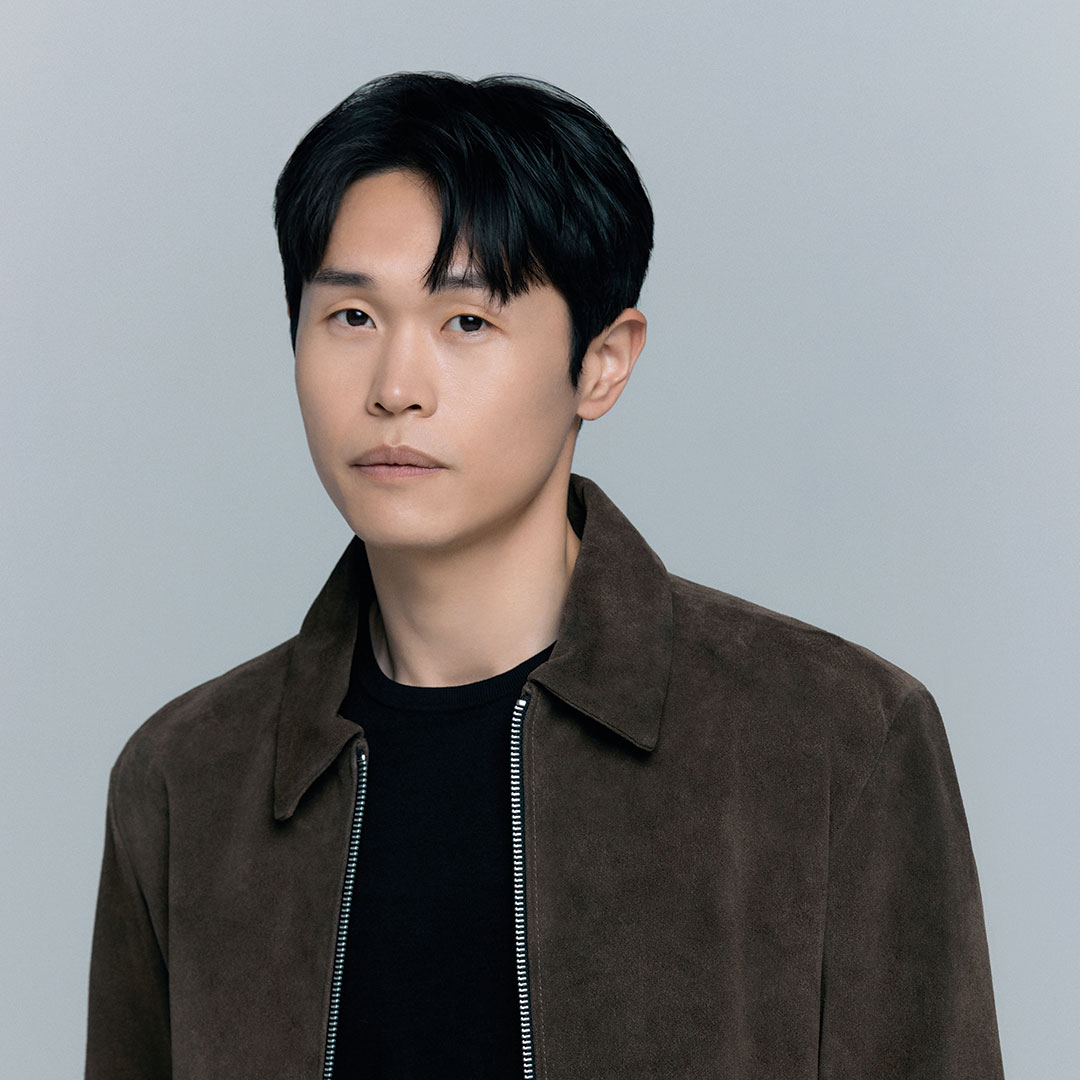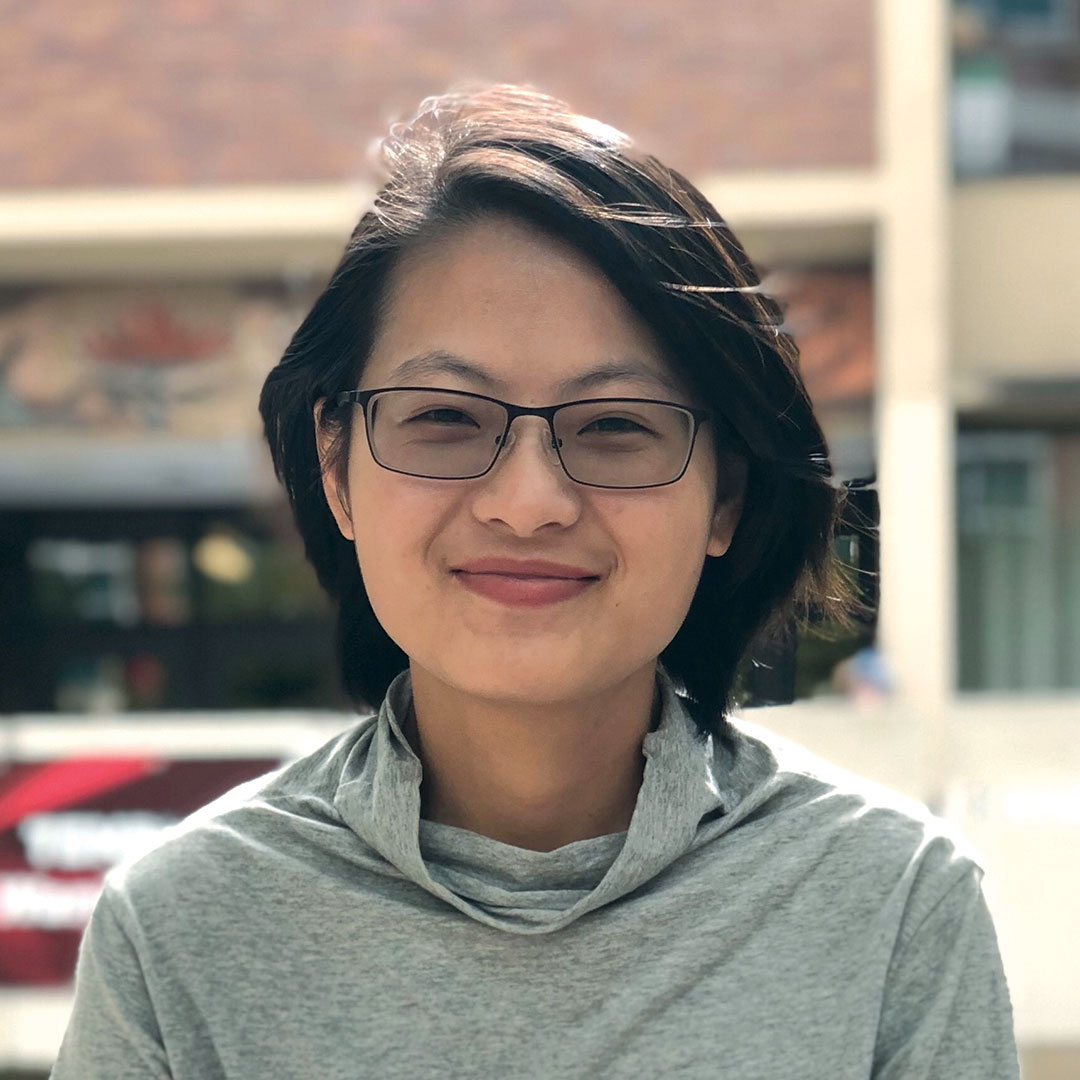감독 마르틴 사피아 Martín SAPPIA | Argentina | 2024 | 115min | Fiction | 국제경쟁 International Competition
Then, the Fog is your first feature. You have worked for a long time as an editor and sound designer, and you have also directed documentaries. Along this professional path, you created Then, the Fog, a poetic and contemplative film about the journey of a solitary man named Cesar. Tell us about the origin of the film—your first memory or any clues that led you to write the script.
The initial idea behind the film is connected to the concept of a journey. This idea emerged when I was living in another country. I never lived that experience as something stable or lasting, but rather as something fleeting. In fact, the idea of returning was something I lived with constantly, and in a way, it was the driving force behind that strange present. I remember that distance was not something I measured in kilometers or meters, but in relation to the time I had been away from the place I longed for—a place that felt safe. And this brings me back to the film. When this idea surfaced, I began researching and delving into that very personal and emotionally powerful concept: longing.
From there, readings about walking and wandering as ways of perceiving reality began to resonate strongly with me. Through that exploration, I was led to discover a narrative that moved beyond the initial concept and delved into other themes—such as grief and second chances.
At the beginning of the film, the chemical plant where Cesar works is noisy yet desolate, active but lifeless. It seems Cesar has worked there for 20 years, always alone. The enclosed atmosphere of the plant mirrors Cesar’s emotional state. How did you want the plant and Cesar in it to look and feel?
The plant is a place of refuge—it is a shell behind which Cesar found a way to shield himself from pain. But at the same time, it is a place that becomes increasingly dangerous on a personal level, and therefore, it is a threat. So staying there is also a trap. Perhaps the first scene is the most significant in this regard, where the oppression and Cesar’s ghost-like movements become more noticeable.
The letter from Cesar’s sister plays a significant role in his transformation and determination, and it’s a key element that drives him to embark on his journey. By leaving the plant and setting out on the road, he finally confronts his past, his pain, his loss, and a reality that has changed and vanished. How did you want the letter to impact the film and the character? And why did you choose to present it as a voice-over?
Epistolary communication has a very direct connection to my concept of the journey. It’s also a form I enjoy exploring—I had already used it in my previous film. I like it because it could be considered a hybrid genre. It’s a space that allows for experimentation, digressions, and playing with what remains unsaid. The emergence of that voice somehow disrupts the film and alters the course of the narrative. The letter helps break the oppression, which is the space of the plant. Working with the letter allows me to mask the life of the family, to play with that past as if it were off-screen. With the letter, we get the first hint about Cesar, but at the same time, the letter lets me hide many things I didn’t want to explain.
There is a clear love and exploration for nature—especially mountains, forests, trees, flowers, and grass. On one hand, mountains and forests as spaces seem to evoke an attachment or nostalgia for a nature that still holds something “essential” in a rapidly changing world. On the other hand, they seem to carry Cesar’s personal memories: his loss, his pain, and his longing that we can only imagine. With plants, although they may appear small and fragile from the outside, if you look closely, you find an infinite world within them. How did you want the world of nature and plants to connect with Cesar’s inner world?
I’m not a naturalist, nor do I have much experience with life in nature. Perhaps in recent years, I began to pay more attention to it, especially after the pandemic. Although I had already been working on the idea, the lockdown made me more aware of that essentiality. When I thought about Cesar, I found in that “infinite world” the driving force that the character needed. There had to be something fundamental in his being that led him to embark on the journey he takes. Perhaps, at first, the reason behind his decision isn’t clear. But I feel that, by the end, everything makes sense through that relationship he gradually reveals such as in his encounter with the botanical illustrator. To me, the character reclaims his identity through nature.
The characters, including Cesar, are quiet, not loud. Although there is little dialogue, the film is rich in ambient sounds-the noise of the factory and its surroundings, the city at night, dogs, insects, and more—which help us sense the characters’ environments and emotional states. Since you also work as a sound designer, what was your auditory plan and objective for this film?
I worked extensively on the sound design with Atilio Sánchez. He has a wonderful way of working: fixing direct sound, processing it, sampling it, finding its rhythm, enriching natural sounds, and giving each sound its own emotional expressiveness. The music had to be that. Within that concept, the dynamic had to be very broad for me—from silence to thunderous noise, from thunderous noise to calm; from the outside of the plant to the vastness of the open fields. A bit against certain technical conventions. The terrifying silence of the plant or the silence of uncertainty in the countryside both needed to say something, not illustrate.
Tell us about your understanding and use of light and darkness in the film: the darkness of the early scenes in the factory and the nighttime streets, the nighttime light and the lights in the forest, etc. It seems you lead us to focus on the quiet inner world of the character through the most basic and fundamental cinematic elements—light and darkness.
Form interests me deeply as an idea, so long as it engages in dialogue with the narrative. I enjoy working with the essence of (cinematic) language, and it’s also a beautiful exercise. I wanted the information to come from light and sound, not from text. Just as I didn’t want everything to sound, I also didn’t want movements or virtuosity in framing or camera setup. We worked in a 4:3 aspect ratio so that the landscape wouldn’t be a protagonist but a character. With grand landscapes, the temptation of “beautiful shot” could be huge. But I didn’t want a character in the landscape; I wanted the landscape in the character. So with Ezequiel Salinas, the film’s Director of Photography (I believe he’s one of the best in Argentina when it comes to working with light and shadow), we very deliberately chose specific times for each scene based on the light we could capture. What happened to Cesar had to be in the shot. The nighttime scenes are very important in the film, because for Cesar, night had been the moment of the greatest refuge over the past twenty years. So it was at night that his inner self had to be revealed.
You were the editor of About the Clouds by Maria Aparicio, which won in the International Competition at the 24th Jeonju International Film Festival. It was a pleasure to see Pablo Limarzi, one of the protagonists of that film, playing Cesar in this one. Then, the Fog can be said to be centered around one sole character. From your experience, what kind of actor and person is Pablo Limarzi? What intrigued you about him that led you to cast him in the world of Cesar that you wanted to portray?
Pablo is a great actor and a friend. When I was editing Maria’s film and watching the raw footage, I got excited. He is a complete actor with a command of space and camera that greatly helps during shooting. He understands what lens you’re using, he knows what you need from his body, and he has a strong grasp of the internal rhythm of a scene. This was, and still is, very important to me during filming. The internal rhythm of a shot is a substantial tool in editing. When it’s there, the shots naturally find harmony with one another in the edit, and everything becomes much easier. Solving this through editing often compromises the idea of the staging that one has, because to find the rhythm, you “cover up” problems with a cut. Pablo’s dedication to the project was immense, and I believe the film is what it is thanks to his work.
What would you like the audience to take notice of in this film? Finally, what project are you thinking about working on next?
I would love for the film to take people to places I never imagined. I hope they enjoy it and connect with the character and his journey in the most arbitrary way. For me, making a film is about stepping into unfamiliar territory—it’s an act of investigation. The way others see the film helps me understand, or better yet, ask myself better questions.
I have a couple of documentary projects: one related to imagery, to what images want from us, and another based on a book by Eugenia Almeida. I’m also writing a detective story.
